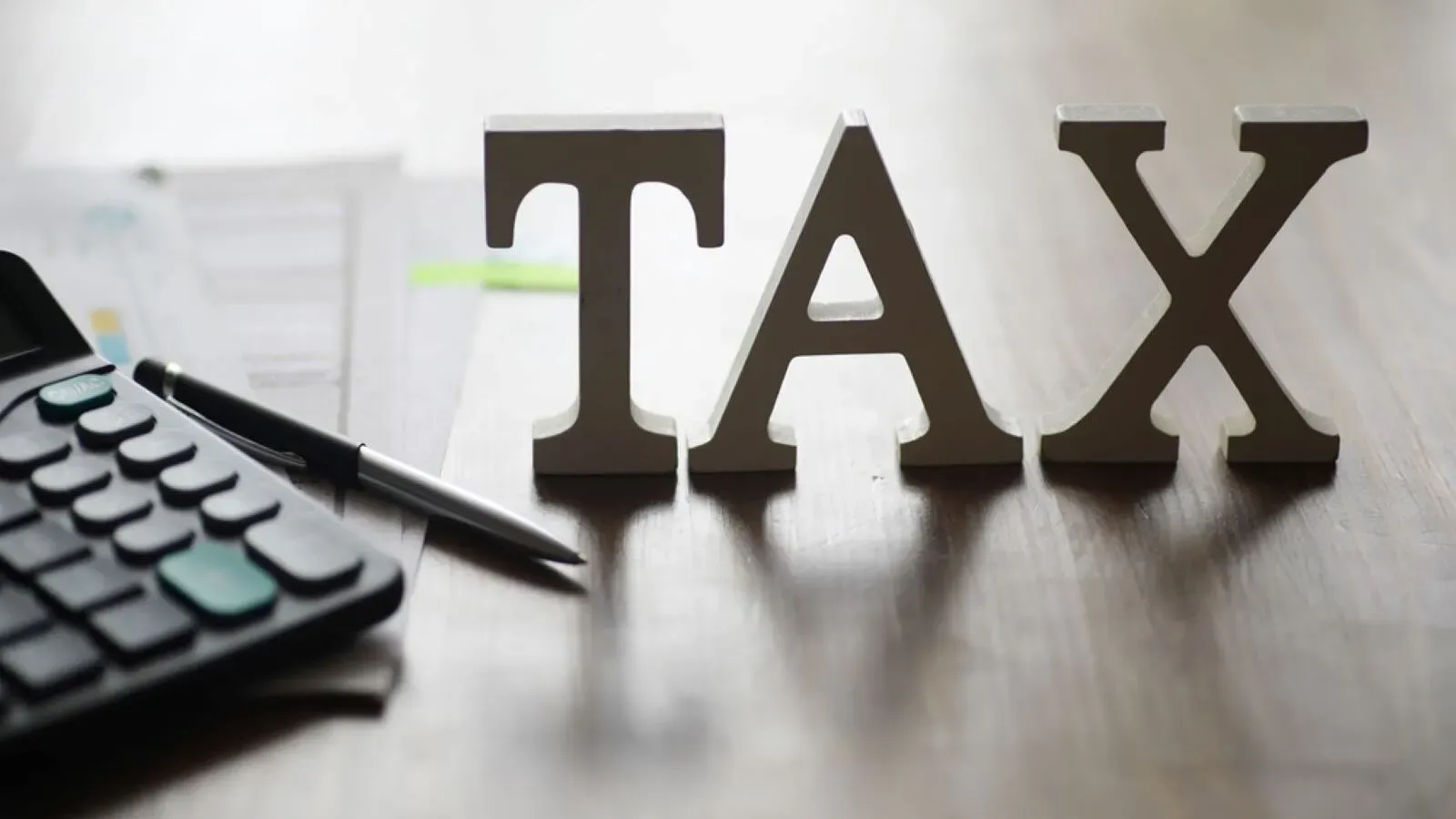Personal Finance News
Updated Return: ITR-1, ITR-2 for AYs 2021-22 and 2022-23 are available now. Who can file?

3 min read | Updated on July 31, 2025, 16:07 IST
SUMMARY
The Income Tax Department has officially enabled utilities for filing updated income tax returns (ITR-U) for AY 2021-22 and 2022-23, as taxpayers can now file ITR-U up to 48 months from the end of the relevant assessment year. However, penalties are applicable on filing updated ITR, based on when it is filed.

Individuals can file an updated ITR if they filed it incorrectly previously, or even if they didn’t file it.
The Income Tax (IT) Department has enabled utilities for filing updated income tax returns (ITR-U) in ITR-1 and ITR-2 forms for the assessment years (AY) 2021-22 and 2022-23, as per the Finance Act, 2025.
“Excel Utilities for filing updated returns in ITR-1 and ITR-2 for the AYs 2021-22 and 2022-23 as per Finance Act, 2025, is available now for filing,” the official website of the IT department states.
In line with the Union Budget 2025 announcements, taxpayers now have up to 48 months (four years) from the end of the relevant assessment year to file an updated ITR under Section 139 (8A) of the Income Tax Act. This extension is aimed at giving taxpayers more time to fix errors in their previous filings.
Individuals can file an updated ITR if they filed it incorrectly previously, or even if they didn’t file it. However, note that there are some limits in this regard. Let’s look into it.
Who can file an updated ITR?
Updated income tax return (ITR-U) allows taxpayers to voluntarily comply and fix any errors/omissions in their ITR to avoid penalties or litigation.
The deadline to file ITR-U was previously 24 months, which was extended to 48 months in Budget 2025.
An updated return can be filed by an individual within 48 months from the end of the relevant assessment year, even if they haven’t filed an original, revised or belated return under Section 139 for that year.
ITR-U can be filed if one missed filing the ITR. It can also be filed if the return was filed, but:
- Some income was not reported correctly
- Income was reported under the wrong head
- Unabsorbed depreciation needs to be reduced
- Tax credit needs to be reduced
- Tax paid was not calculated correctly
Remember that ITR-U cannot be filed for these things:
- In case of a NIL return or a loss return
- Claim or increase a refund
- Reduce tax liability
While voluntary corrections for earlier returns are allowed, only additional income can be declared through ITR-U. It cannot be used to decrease your tax liability.
Further, if there has been a search or seizure by tax authorities or if prosecution proceedings have been started for that assessment year, a taxpayer cannot file ITR-U.
This facility exists so that users can comply voluntarily, before authorities initiate proceedings.
How to file ITR-U
Here are the steps you can follow to file ITR-U:
- Go to the e-filing portal
- Login using your credentials
- Download Excel utility (for filing offline)
- Choose Updated Return” under Section 139(8A)
- Select the relevant form (ITR-1/ITR-2) and fill in the details
- State the reason for the updated return
- Calculate tax payable and additional liability
- Pay the dues
- Enter Challan details
- Submit the form and remember to e-verify
Penalty for filing ITR-U
As per IT rules, you will be charged a penalty for filing an updated return, depending on when you file it. If you file within 12 months from the end of the assessment year, a penalty of 25% on aggregate tax and interest would be imposed as additional tax liability.
The penalty would be 50% if the updated return is filed between 12 months and 24 months, and 60% if filed between 24 months and 36 months. For updated returns filed between 36 months and 48 months, a penalty of 70% would be charged.
Related News
By signing up you agree to Upstox’s Terms & Conditions
About The Author
Next Story



